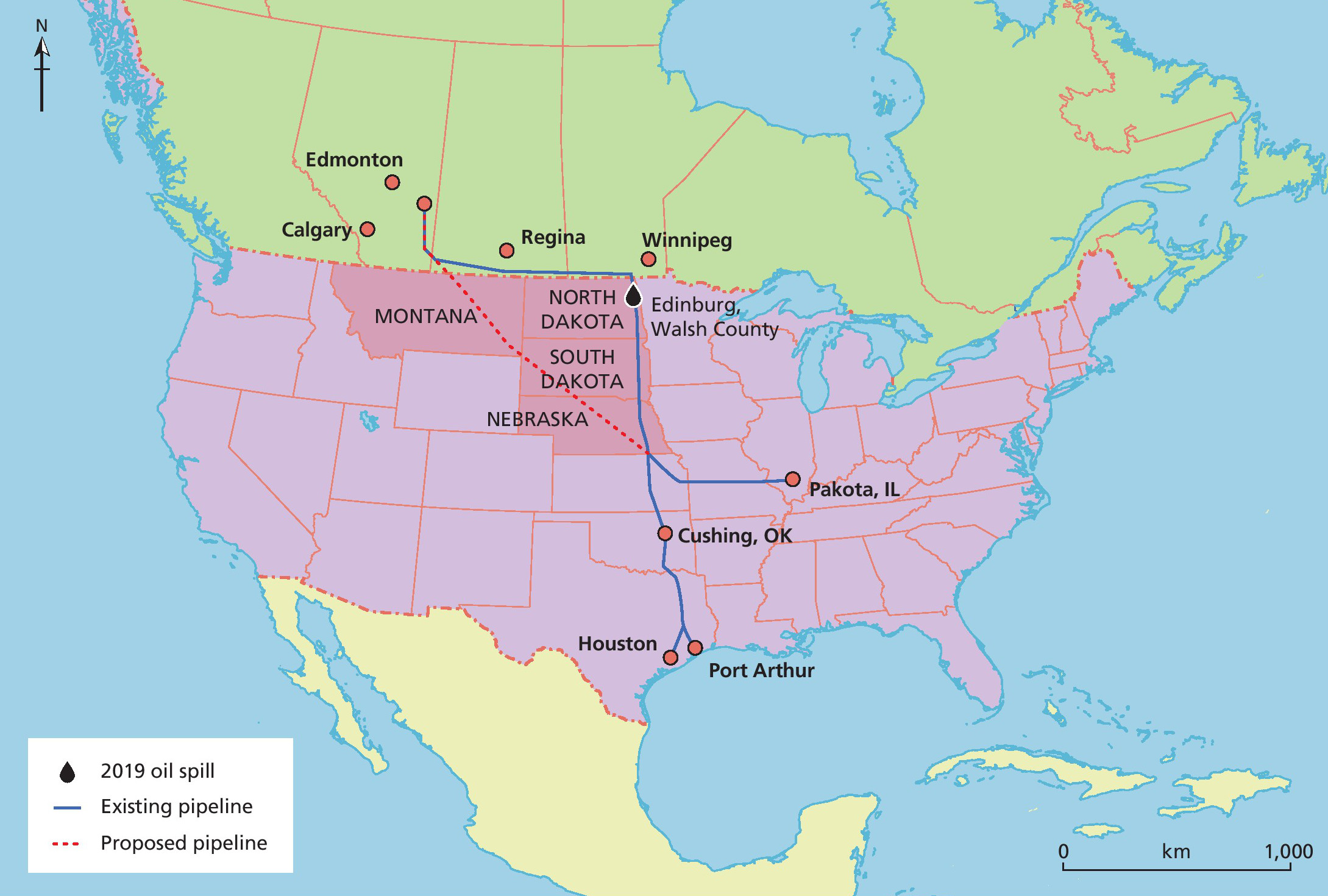
As an A-level geographer you need to show that you can see the connections between different areas of the subject. These connections, described as synoptic links, are best illustrated by looking at real-world issues. This Making Connections column examines a current issue in North America involving energy security, protection of the environment and identity associated with place.
In November 2019 regulators acting on behalf of the US government ordered the closure of the 3,500 km Keystone pipeline after a 9,000 barrel spill of crude oil into the Edinburg wetlands in North Dakota. The pipeline stretches from Hardisty (Alberta, Canada) to the Texas coast (Figure 1) and this was the fourth such spill since it opened in 2010.
Your organisation does not have access to this article.
Sign up today to give your students the edge they need to achieve their best grades with subject expertise
Subscribe




